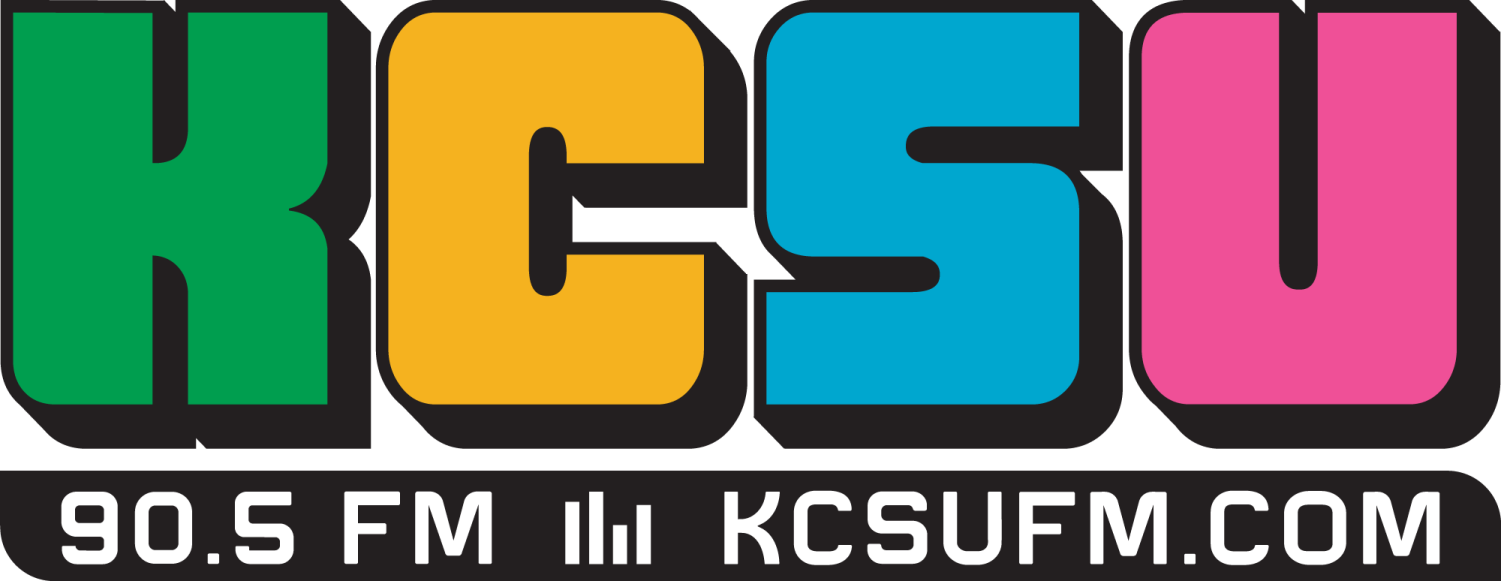You don’t need to have studied any amount of Chemistry to know that our world is made up of molecules. But, to know the properties of those molecules? Well that’s a little different.
More than one professor on the show has brought up that part of science is understanding the connections between what something does and what that something is made of. Maybe this relationship exists in the form of polysaccharides, our cell language. Maybe this relationship exists in the form of proteins, another component to how cells communicate to each other.
Or, maybe, this relationship can also exist in the inorganic realm…
For example, why do fireworks burst into different colors? Why is it that some materials are magnetic but others aren’t? If NaCl, CuCl2, KNO3, SrCl2, and MnCl2 are burned in ethanol, they each burn in different colors ranging from bright red to lavender. Why is that?
Well, it all goes back to the fact that how something is made and what it is made up of will directly affect how it behaves.
My guest for this interview on “The Innovators”, Dr. Matt Shores, studies just this. Specifically, his interests lie in coordination chemistry and using earth-abundant metals to make useful compounds. As you’ll hear in his interview, a useful compound for

Matt could be a compound able to provide for photocatalysis, molecular magnetism and memory storage, and for information about that funny little relationship between form and function.
But, Matt also happens to be a down-to-earth, funny, relatable person. He hails from Minnesota, he’s married to a fellow professor, and he has two fantastic kids.
And the interview below showcases all of this. Enjoy.
https://soundcloud.com/csucollegian/the-innovators-dr-matt-shores
If you would like to know more about the work that the Shores group does at Colorado State University, feel free to check out their website, here.
Background music featured: “Ghostwriter”, RJD2


